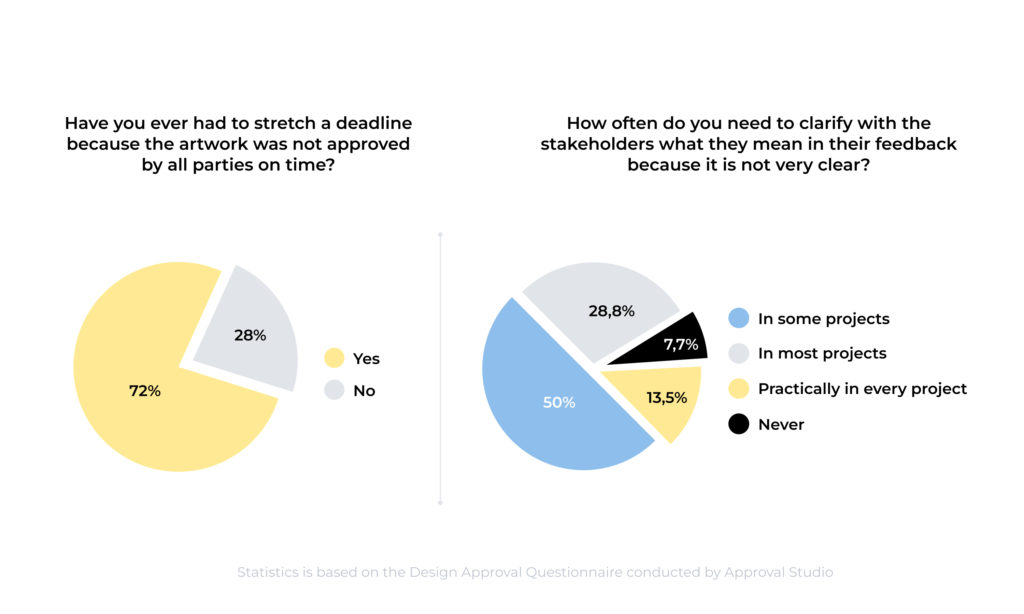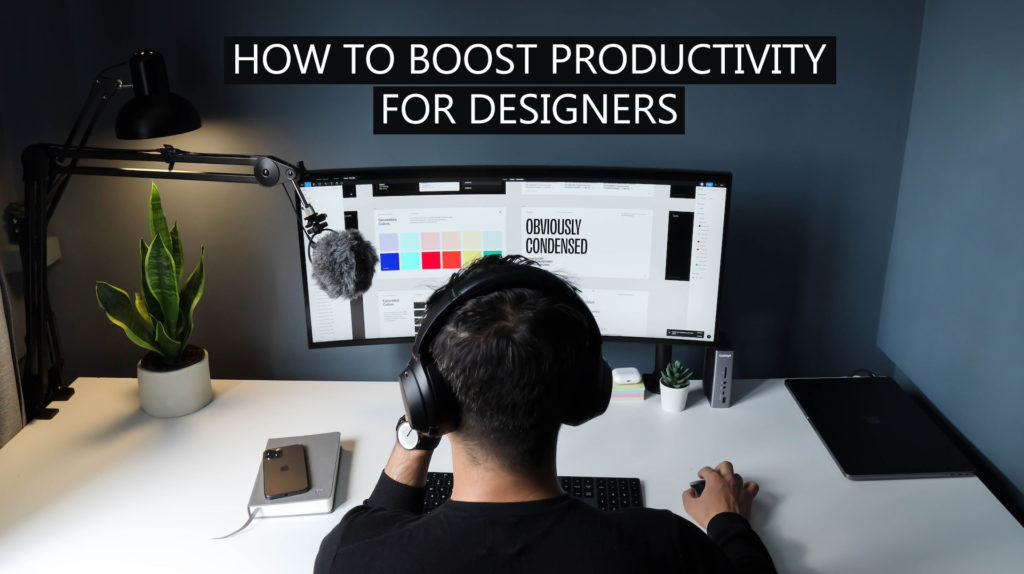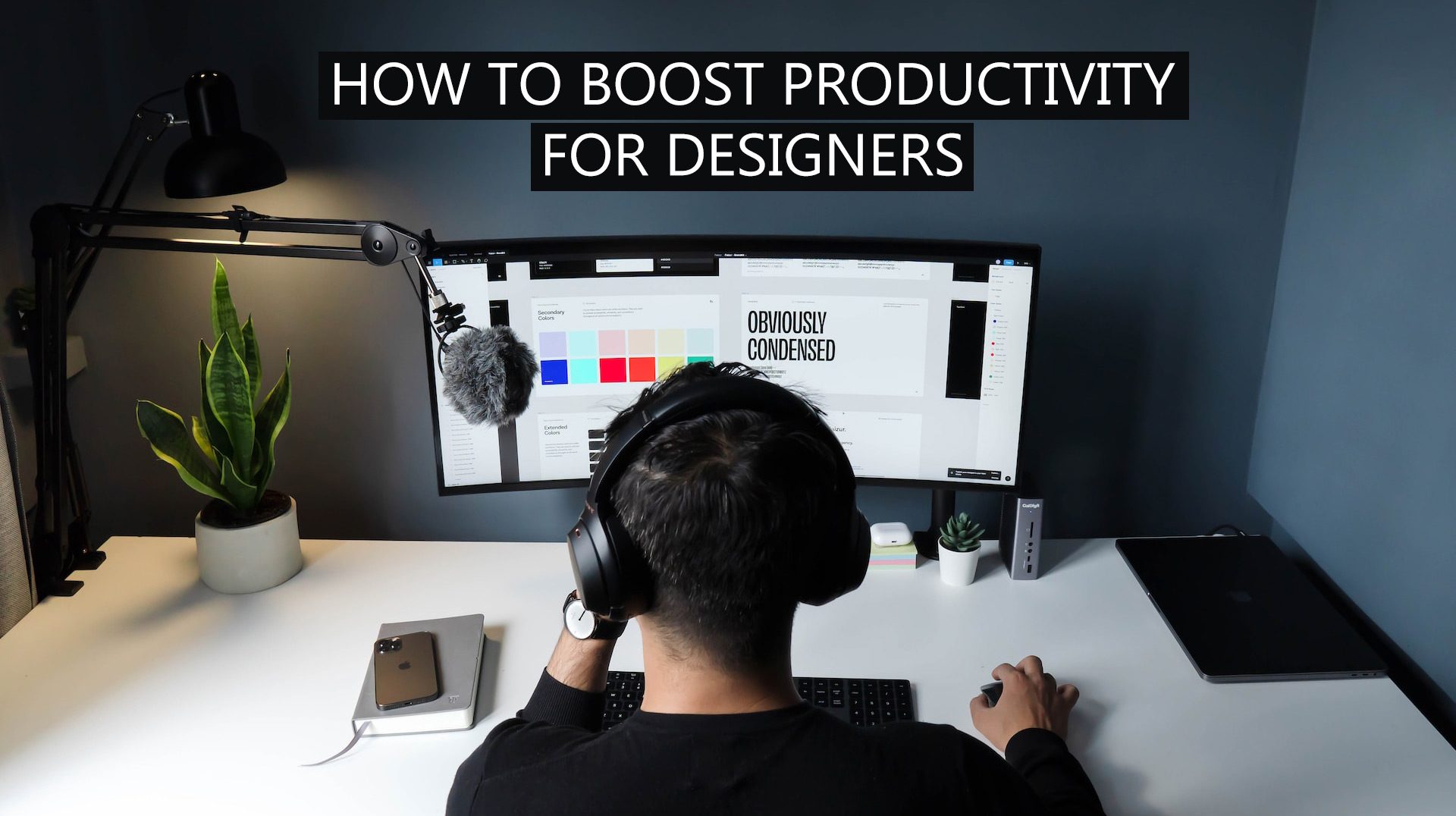Have you ever read Stephen King’s novel and wondered how much time went into creating this perfection? Well, probably not as much as you think. Stephen King’s writing speed seems absurd. According to his own words, he can write an almost 400-page book in two months. A fellow creative can get jealous of this huge inspiration of his. However, Stephen himself says that inspiration is merely a stereotypical notion that is good enough for novices only. According to him, “Amateurs sit and wait for inspiration, the rest of us just get up and go to work”.
What does it mean to “get up and get to work”, though? Sitting all day in the chair and playing with your pen technically counts as going to work. The underlying issue here is whether we can achieve something by “working” this way. Naturally, the answer is no. The only way to achieve success is to maintain productivity.
But that is far easier said than done. If I have a ton of tasks along with significant distractions at all times, you might be wondering, what can I do to be productive? Well, this article may help you with the difficult task of paying attention and staying focused on what you need to do. So get ready for several things that might considerably boost your productivity as a designer.
Table of contents:
Productivity Problems
As much as we would like to, we cannot entirely rely on Stephen King because he is a slightly different kind of creative. Let us first describe some specific issues that designers may encounter when attempting to maintain their productivity levels while working on various graphic projects.

- High expectations: Typically, customers want everything, everywhere, and all at once. It goes without saying how detrimental it may be to a designer’s motivation to work, as it is closely related to their productivity.
- Disengagement: A designer will likely lose a great amount of enthusiasm after creating ten variations of the same asset in the previous two weeks. As a result, they can come across lower productivity.
- Distractions: This is a more frequently found distraction, but it does not make it any less of a problem. Notifications from Twitter or Facebook, relatives or coworkers (who constantly need something), wrong music on your work playlist, or even a cat so adorable you had to take a picture.
However, we are all unique individuals with diverse productivity, tasks, and time management techniques. In light of this, the first rule is:
Find Something That Works for You
When trying to improve your productivity system, the first thing you should do is reflect. You may have a digital calendar for keeping track of meetings, a Trello board for all your projects’ details, a bullet journal to write day-to-day tasks, and work status to track how busy you are. However, using that many things can take too much time and come off as a little too overwhelming. No matter how many people on Quora recommend the app, don’t force yourself if it doesn’t feel right.

So, what should you do? Take a month or two to try all the productivity methods and time management software to determine what works best for you. Spend some time just writing down the strategies you use to maintain a high level of productivity. It makes sense to list both their advantages and disadvantages.
Try using different software for different clients during this time to determine which one works best for you. Maintaining a good task-tracking system will help a designer meet customer expectations and get very much-needed praise.
By the way, if you need ideas on what to try, you can check out our article on productivity tools for designers.
Maintain High Communication Standards
Did you know that around 92% of designers had to clarify feedback at different levels of frequency because it simply wasn’t clear enough? Another statistic of ours has shown that 72% of those people had delays in project workflow as the deadlines had to be stretched and reviewed all over again. And it’s not only a problem for the speed of the project but also a huge blow to a designer’s productivity. You know, when dealing with an especially nerve-wracking task in the morning, there’s no desire or will to do any of the tasks throughout the day.

So, how to deal with this? Firstly, it would be a great idea to stop using email proofing as a viable method. It slows you down and becomes a complete disaster when dealing with unclear feedback. As an alternative to it, you can use approval software that will not only help you with maintaining effective communication but also make the approval process much easier.
This is, by the way, something Approval Studio can easily help you with. It has a sound design for an aesthete and a whole pack of convenient features. Including everything from annotations in different colors and shapes and live discussions to make your design review process easier. It is, for sure, the project management software you need.
Take Breaks
Contrary to popular belief, working long hours without breaks is not productive and will never be. A person can be efficient and work fast for a few hours while working on an especially interesting project. However, after some solid time, even the most fascinating branding project for a new cinema network might become outrageously challenging. And thrilling brainstorming fresh ideas for a new logo for a flower delivery company might feel like a real burden. When that happens once – you probably won’t be productive about it anymore.

So, what should you do? The best way to avoid this is to take a break. Each time when you start feeling tired, or you find yourself sighing – close your laptop and switch to another task.
I know it may feel weird, especially if there’s a lot of urgent work. However, several studies have shown that taking breaks is the best investment you can make for yourself. In the short term, even a mini-break (like making coffee, picking up your McDonald’s order, or walking around the block for 10 minutes) can benefit your productivity and tiredness levels. If you don’t have time for an activity change – change your surroundings. This will also reduce the amount of distractions as your brain will have no need to switch and you’ll be engrossed in your work.
Doodle!
A lot of times, the most challenging part of the work is brainstorming, and even switching the activity might not give you enough ideas. They just don’t seem good enough, or you can’t just think of that many things you can use in your design. When facing difficulties in this stage, a designer can easily lose all interest in the work and will finish it neither fast nor with pleasure.

So what should you do? Try some doodling and sketching! The benefit of this activity is that it can be done even mindlessly. Just turn on a video or series you wanted to watch but didn’t have time and do some doodle art! Alternatively, you can pay a visit to a park or a cafe and do some doodling there.
Not only can sketching help your brain relax but also looking through those may be beneficial for your current or future projects. Maybe, while doodling you will be able to jumpstart your thinking process and finally get a decent idea that’s been avoiding you for a while. Even if not, it’s always a good practice! If you’re curious about more benefits of design sketching, check out this article.
Too Chaotic Is Never Too Good
Designers are, of course, perceived as the rulers of chaos. At some point, all of us were lost in the whole bunch of “final finals”. Or, maybe, you started searching for the reference and after 30 minutes found yourself looking at the furniture for your apartment not even remembering how you got there. I was going to work hard today, what on earth happened?

It is counterproductive as you just keep being distracted by the chaos around you. It may sound like common sense, but neatness does make you more productive. The quicker you make a habit of self-organizing, the quicker you become a happier person. Specifically, because you are not afraid to lose any of your work. In this case, it would be extremely useful to create a naming system that works for you. You can try giving names like “client name_type of asset_vesion”. You see, “Approval_Studio_logo_v14” is much easier to find than “as_hopefully_final”. Additionally, you can do the same with references just to keep your focus on the design.
Also, never forget about your working space. Sometimes the reason for an unproductive day is a messy desk which just forces you to shift your attention to that interesting spot next to your graphic tablet. It’s even worse when the workflow is being slowed down because you just cannot find a stylus you know was somewhere here 20 minutes ago. While looking for it, you noticed that your shelves are rather old and need updating and… oh, so that’s how we ended up looking for furniture. Yikes.
Prioritize your Tasks
Have you ever woken up to three different meetings, a reference research, two renders to finish, and a large project you need to close by the end of this week? This amount of work may seem paralyzing and outright scary. Which, eventually can lead to a slump, and a designer may end up doing none of those tasks. Which then will become even more frustrating as the tasks only grow in size. Do you feel this pressure?

Well, there’s a solution, and it’s rather simple and common to say, but not as easy to do. Prioritize! How? Try an alteration of rocks, pebbles, and sand time management strategy. Basically, what you need to do is to assign each task a tag: urgent or important. If your task is both urgent and important, this should be the first thing on your list. If it is just urgent or important – reflect on the deadlines you already have to determine what has to be done first. Only after that, you can go on to create a to-do list.
This to-do list shouldn’t be perceived as bullet points. It is rather a numbered list where you need to move from up to down (or vice versa if you still feel extra chaotic today) according to the task’s urgency or importance. After practicing with such a system and finding out if it works for you, you can come up with something that suits you best. The main thing is to keep the prioritizing process logical and running!
Final Thoughts
Essentially, being your most productive self is a journey rather than a single action. Designers need to understand their own needs and requirements for the field to meet them successfully. And it’s not a lifetime deal as with the change of time, people’s ways of work also change. Here arises the problem when they need to rethink their creative workflow to ensure productivity. This is exactly the reason why once in a while it’s important to reconsider how you deal with things. This article will be the first step in it, and Approval Studio will ensure that your online proofing process will slide through this process by being the best creative approval software!

 TEAM SOLUTIONS
TEAM SOLUTIONS WORKFLOW SOLUTIONS
WORKFLOW SOLUTIONS



 REVIEW TOOL
REVIEW TOOL PROJECT MANAGEMENT
PROJECT MANAGEMENT TOOLS & INTEGRATIONS
TOOLS & INTEGRATIONS
 CLIENT INTERVIEWS
CLIENT INTERVIEWS









